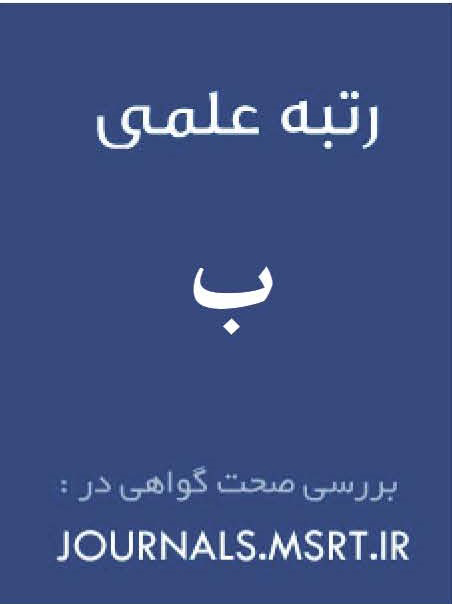Methods of Compensating Victims for Damages Resulting from Failure to Prevent Air Pollution in Iranian Law
Keywords:
Air pollution, compensation, civil liability, restoration, liability insurance, compensation fundAbstract
Air pollution is among the most significant environmental challenges of the present era, exerting profound impacts on human health, ecosystems, and public order. Given its detrimental effects, the fundamental question is what methods have been provided in the Iranian legal system to compensate victims for damages arising from the failure to prevent air pollution, and to what extent these mechanisms are effective. Using a descriptive–analytical method and documentary study, the present article examines the existing legal institutions for compensating damages. The findings indicate that under Iranian law, methods such as restitution to the original state, monetary compensation, elimination of the source of harm, commitment to refrain from pollution, liability insurance, and the establishment of compensation funds have been sporadically addressed. However, the lack of legislative coherence, insufficient enforcement guarantees, and the absence of effective supportive institutions have limited the efficiency of these mechanisms. To improve the environmental compensation system, it is recommended to draft a comprehensive Environmental Civil Liability Law, make liability insurance mandatory, and establish a National Air Pollution Damage Compensation Fund with sustainable financial resources. Such measures can, in addition to providing effective support to victims, play a preventive role against the continuation of pollution.
Downloads
References
Abdollahi, M. (2004). Punitive Damages in International Law. International Law Journal, 21(30).
Fahimi, A., & Arabzadeh, A. (2012). Islamic Jurisprudential Foundations of Environmental Law. Islamic Law Research Journal, 13(35).
Fallah Nejad, F., & Mousavi Mobarakeh, M. (2023). Environmental Damage Compensation in the Legal Systems of Iran and the People's Republic of China. Comparative Law Journal, 14(2).
Gailhofer, P., Krebs, D., Proelß, A., Schmalenbach, K., & Verheyen, R. (2023). Corporate Liability for Transboundary Environmental Harm: An International and Transnational Perspective. Springer Verlag. https://doi.org/10.1007/978-3-031-13264-3
Katouzian, N. (2003). Non-Contractual Obligations. University of Tehran Press.
Khoyini, G. (2015). Civil Liability for Transboundary Movement and Disposal of Hazardous Waste in Iranian Law and the 1999 Basel Protocol. Private Law Studies, 3(10).
Mashhadi, A., & Shah Hosseini, A. (2017). Privatization of Liability in Environmental Damage Compensation: From State International Responsibility to Private Operators of Hazardous Activities. Private Law Studies Quarterly, 47(2).
Prieure, M. (2001). Droit de L'environnement. Dalloz.
Rahpeyk, H. (2010). Tort Law and Remedies. Khorsandi Publishing.
Shelton, D., & Kiss, A. (2010). Judicial Handbook on Environmental Law. Khorsandi Publishing.
Shiravi, A. (2005). Build-Operate-Transfer (BOT) Contracts. University of Tehran, Qom Campus.
Sparks, A. (1999). The Current State of Punitive Damages in Environmental Litigation: An Examination of North American BMW v. Gore. Journal of Natural Resources & Environmental Law, 14(2).
Taghizadeh, E., Khosravi Farsani, A., & Moussipour, M. (2012). The Nature and Effects of Punitive Damages in Common Law (A Comparative Study). Journal of Civil Law Studies, 1(1).
Zheng, S. H., & Wang, H. (2022). Judicial application of punitive damages for environmental torts. Journal of Shanghai University (Social Sciences Edition)(5), 1-16.
Zhou, J., & Xiang, L. (2023). Framework and rethink of the Environmental Compensation Fund for the international seabed area. Frontiers in Marine Science. https://doi.org/10.3389/fmars.2023.1084229
Downloads
Published
Submitted
Revised
Accepted
Issue
Section
License
Copyright (c) 2025 ستایش سرلک (نویسنده); عبدالوحید وفایی; مهدی میهمی (نویسنده)

This work is licensed under a Creative Commons Attribution-NonCommercial 4.0 International License.









